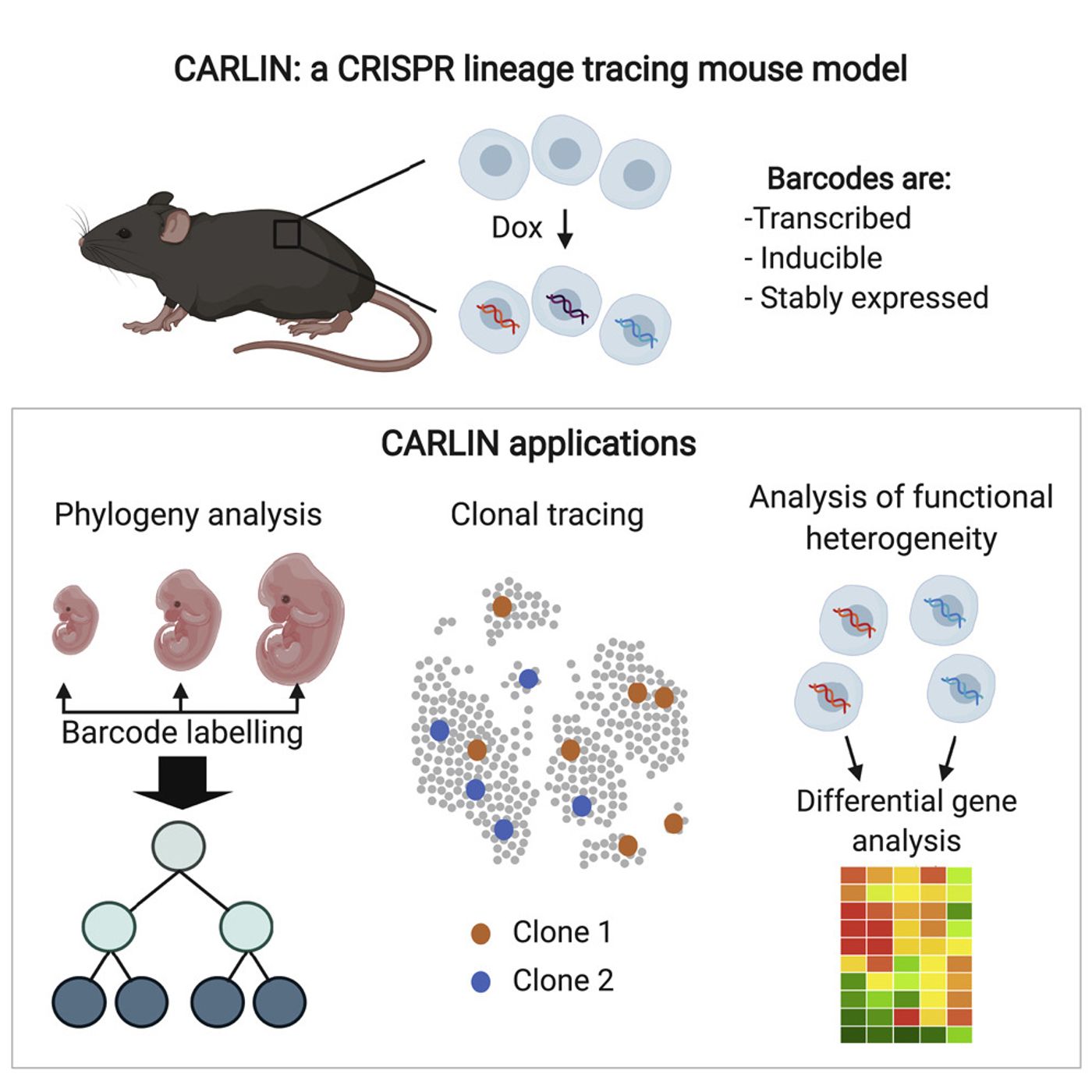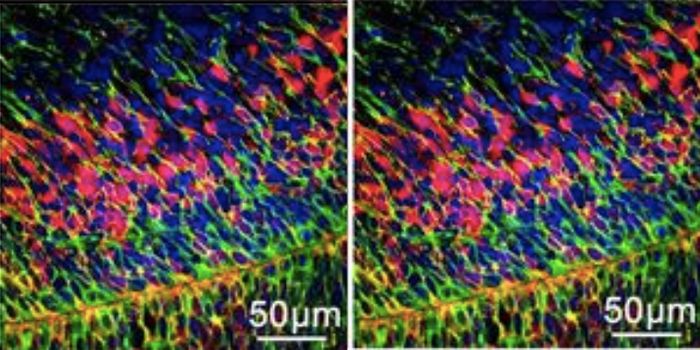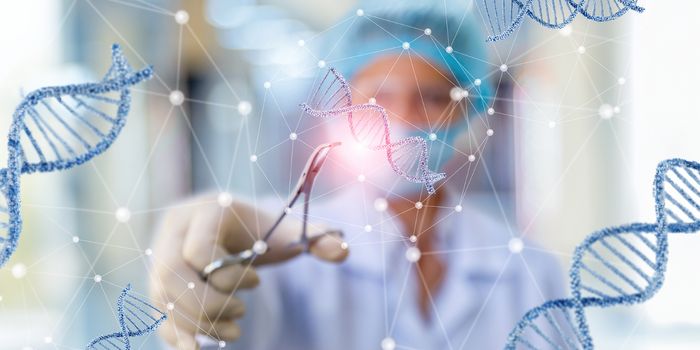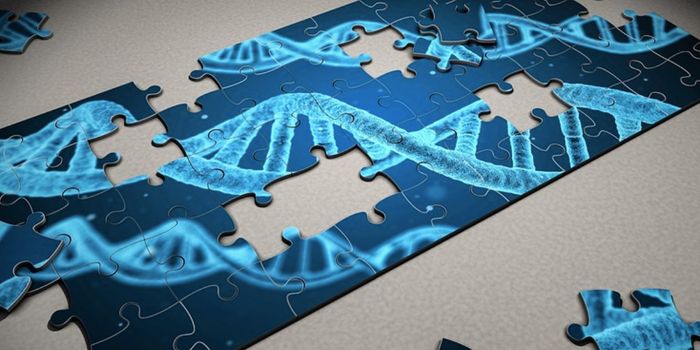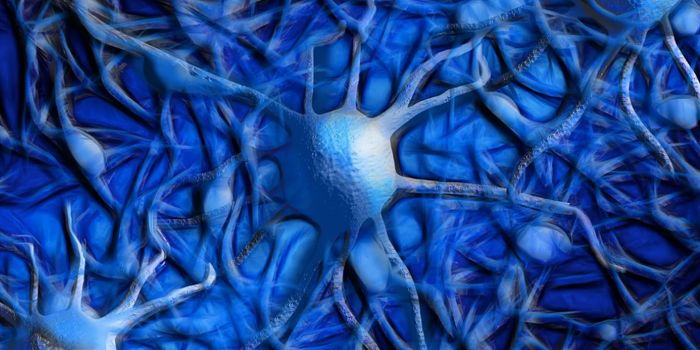Tracking Single Cells as They Build an Adult Organism
Organisms develop from a single cell that gives rise to all the different kinds of tissues and structures that are found in an animal. Developmental biologists have long sought to understand how this process happens. Lineage tracing (explained in the video below) is a method that can be used to track cells as they proliferate and specialize into different cell types and has been used to track the fate of cells. But it can be a laborious process that is often only used on a small population of cells. Now researchers have found a way to track the development of a mouse, down to the level of every individual cell, as the mouse grows to adulthood.
Reporting in Cell, researchers at the Stem Cell Research Program at Boston Children's Hospital and the Dana-Farber Cancer Institute/Harvard Medical School engineered a mouse that combines a genetic barcoding technique with the CRISPR gene editor. Called CRISPR Array Repair Lineage tracing (CARLIN), the cells in this genetically-engineered mouse can reveal their ancestry. The scientists are hopeful that this will provide new insight into development and aging.
"The dream that many developmental biologists have had for decades is a way to reconstruct every single cell lineage, cell-by-cell, as an embryo develops, or as a tissue is built up," said the senior study investigator Fernando Camargo, Ph.D., a senior investigator in the Stem Cell program. "We could use this mouse model to follow its entire development."
Some previous lineage tracing techniques used fluorescent labels to visualize cells as they moved through development, while others applied cell isolation tools that required some knowledge of the cell under study. Scientists have also found ways to computationally model the development of organisms at the single-cell level, as shown in the video at the end of the article.
In this study, the researchers aimed to apply barcodes in a way that would not perturb the cells as other methods do. At any point in the mouse's development or adulthood, up to 44,000 bar codes can be generated by CRISPR. RNA-sequencing is then applied, which sequences the transcriptome, to collect information on the active genes in each cell. More can then be learned about the identity and function of cells through this genetic data.
As a proof-of-concept, the scientists followed the generation of blood in mouse embryos and observed the replenishment of blood cells in adult mice after chemotherapy.
This work may also help us learn more about how many things, including disease, aging, nutrient exposure, and pathogens disrupt cell lineage trees.
"Being able to create single-cell lineage maps of mammalian tissues is unprecedented," said Camargo, who is also a member of the Harvard Stem Cell Institute. "Besides its many applications to studying developmental biology, our model will provide important insight on the cell types and hierarchies that are affected as organisms respond to injury and disease."
Sources: AAAS/Eurekalert! via Boston Children's Hospital, Cell
